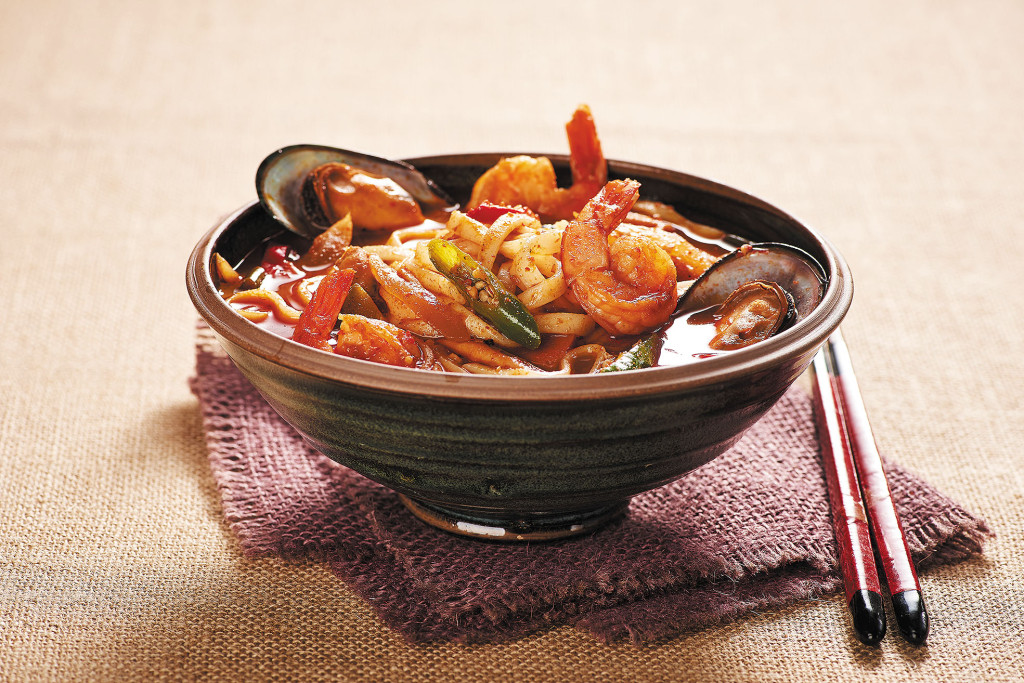Food
Chinese restaurants for end-of-the-year gatherings
Busan World Food - Sister Cities⑨ China

When the weather gets colder and winter really starts to set in, seafood soup is a hot menu item at Chinese eateries.
Sister City - Shanghai &
Cooperative Cities - Shenzhen·Tianjin·
Chongqing·Beijing·Guangzhou
China is near Korea, so the two countries have developed good relatio-ns. In 1993, it established a sister city relationship with Shanghai, China's largest port city and the center of commerce, finance and trade. Two municipalities under the direct administration of the central government of the People's Republic of China, Tianjin and Chongqing, became cooperative cities with Busan in 2007 and 2010, respectively. Then, in 2013, Beijing, the capital of China, became a cooperative city, followed by Guangzhou, the country's largest trade city, in 2019.
Popular Chinese cuisine
An old Chinese adage states that everything with four legs, besides a desk, can be eaten. People put most things they could see in nature on the list of possible ingredients to avoid starvation. Then, recipes were deve-loped to meet the taste of kings and residents.
In Korea, patrons are served their own soup and rice when dining out at a rest-aurant. However, in China, sets are typically served as one dish on a rotating table and each person serves them-selves, a noticeable difference between Korean and Chinese customs. Also, contrary to the cuisine's luxurious reputation and appearance, everyday meals are not as fanciful as those made for holidays or special family gatherings. Dumplings or porridge are standard breakfast options, with a dish in the afternoon for lunch. In the evening, a home-cooked dinner is often shared with family and friends, sometimes including up to 10 different dishes.
Since China has the third largest land mass in the world, it is understandable that the characteristics of each region are quite distinct. Typically, it is divided into four areas and since it's the capital city, Beijing dishes are referred to as China's nati-onal cuisine. Fatty, high-calorie dishes have developed due to the cold climate and noodles, dumplings, fried and meat dishes are also popular.
Shanghai dishes are popular in central parts of China. The warm climate is conducive to bountiful seafood and grain sourced from the Yangtze Valley area.
Guangzhou dishes are some of the most famous Chinese dishes in the world. Since the 16th century, foreign missionaries and merchants have visited the region. The subsequent fusion dishes can be found in "Chinatowns" worldwide. Deep-fried pork with sweet and sour sauce and seafood, well-known in Korea, are considered Guangzhou dishes.
Sichuan cuisine embodies the inland essence and represents the cuisine of western China. It often includes chili pepper powder and ginger. They are characterized by their strong flavor and fragrance and are beloved by many Korean people since the dish is boiled with familiar red pepper.
When it comes to Chinese food, restaurant-goers frequently order tofu and pork dishes such as stir-fried pork belly and mapo tofu. Braised chicken and scorched rice soup are also favored this time of year.

